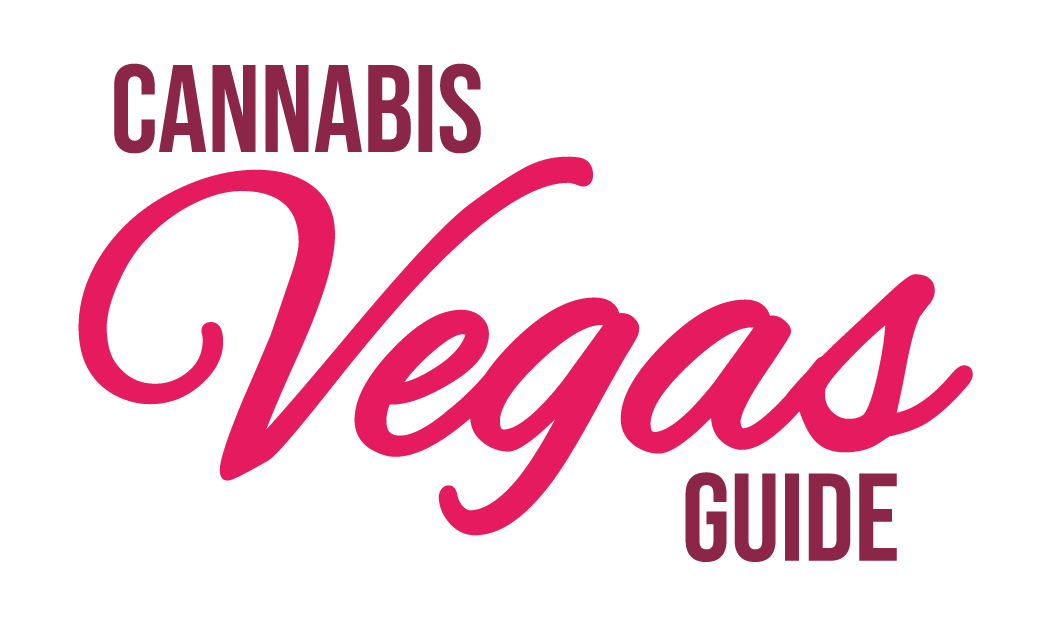Shoppers see a dizzying range of prices for flower: budget eighths at everyday-low prices, mid-shelf “core” options, and top-shelf jars dressed like perfume. So is expensive flower actually worth it? The short answer: sometimes—but only when the product delivers on freshness, aroma, and verified testing, not just a high THC number.
Price and potency do tend to travel together. A peer-reviewed analysis of legal-market data found THC content was positively correlated with price across product types, reflecting consumer willingness to pay for higher labels. But correlation isn’t quality: oversupply and market cycles can push excellent flower into value tiers, while hype or small-batch scarcity can inflate prices for middling buds. In oversupplied markets, top quality sometimes hides on the value shelf. Oregon’s regulator reported record outdoor yields and record-low retail pricing, with average grams around the mid-$3 range in late 2024–2025, illustrating how supply gluts can turn premium flower into bargains. Meanwhile, retail analytics show value, core, and premium tiers co-exist; shoppers often migrate between them based on deal depth and perceived quality.
The better predictor of experience is chemistry beyond THC. Terpenes—the aromatic compounds that shape smell and flavor—interact with cannabinoids to influence effects (the “entourage effect”). Emerging consumer guidance echoes this: shoppers who follow their nose often pick outcomes they enjoy more, and liking the aroma correlates with a better reported experience. That’s why a pungent, complex bouquet and clean burn often signal quality better than a 30% THC sticker.
Testing and labeling are another piece of the puzzle. California standardized cannabinoid potency methods in 2024 to curb “lab shopping” and reduce inflated THC claims, and requires labels to reflect certified results. Allowable variance in labels also reminds buyers not to treat numbers as perfectly precise instruments. In practice, a well-stored 24% batch from a trusted producer can outperform a stale 31% jar.
So when is premium worth it? Pay up for pedigreed cultivars that smell vivid out of the jar, feel springy (not crunchy or wet), sparkle with intact trichomes, and show a recent harvest or packaging date. Choose brands with transparent cultivation practices and consistent lab history. Splurge for special occasions, limited phenotype drops, or when you find an aroma profile that “clicks” with your body—terpene synergy is personal, not universal.
When is budget wiser? Daily drivers, outdoor harvest deals in fall, or multi-packs from reputable farms can deliver excellent value—especially if you prioritize terpene richness over raw potency. Bring a checklist: harvest date, aroma intensity, visually healthy buds, and a clean certificate of analysis. Buyer guides also stress visual cues and freshness as practical quality markers.
Bottom line: price is a clue, not a verdict. Expensive flower is worth buying when freshness, aroma, and verified testing align with your preferences. Otherwise, savvy shoppers can often find budget gems that smoke like top shelf without the top-shelf bill. If potency makes you anxious or edgy, consider balanced THC:CBD or simply step down in strength; some health researchers warn that very high-THC products can raise the risk of unpleasant effects for certain users. Also, consider proper storage.
Learn More: What Sets Top-Tier Marijuana Strains Apart from the Rest?
